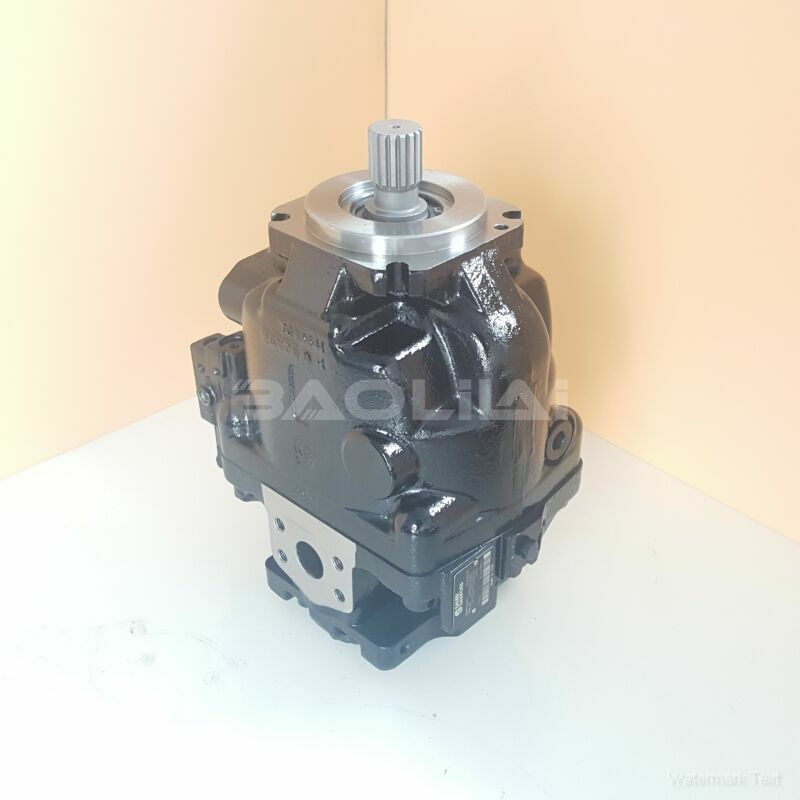ERR147CPC20NNNNN3S1NLA1NNNNNNNNNN hydraulic pump
ERR147CPC20NNNNN3S1NLA1NNNNNNNNNN hydraulic pump

- Product Details
- Applicable Scene
Hydraulic pumps play a crucial role in fluid circulation within fluid power systems, especially in fluidized bed power generation applications. The integration of these pumps significantly enhances the efficiency and reliability of energy conversion processes. This article explores the essential functions, types, and advantages of hydraulic pumps in fluidized bed power systems.
ER-R-147C-PC-20-NN-NN-N-3-S1NL-A1N-NNN-NNN-NNN
ERR147CPC20NNNNN3S1NLA1NNNNNNNNNN
Fluidized bed power systems utilize a combination of solid particles and gas to achieve efficient combustion. In this context, a hydraulic pump serves as a vital component for circulating the fluid medium, which is often a mixture of gas and particulate matter. The primary tasks of hydraulic pumps in these systems include maintaining fluid circulation, controlling pressure, and enabling the smooth operation of various components.

83010417
There are several types of hydraulic pumps used in fluid power applications, each with specific characteristics and advantages. The most common types include gear pumps, vane pumps, and piston pumps. Gear pumps, known for their simplicity and reliability, are typically used in systems requiring high flow rates. Vane pumps are favored for their ability to handle a wide range of fluid viscosities, while piston pumps are ideal for applications requiring high pressure and precise control.
One of the major benefits of incorporating hydraulic pumps into fluidized bed power systems is their ability to enhance energy efficiency. By maintaining consistent fluid circulation, these pumps ensure optimal contact between the solid particles and the gas, leading to improved combustion efficiency. This, in turn, translates to higher power output and reduced fuel consumption.





